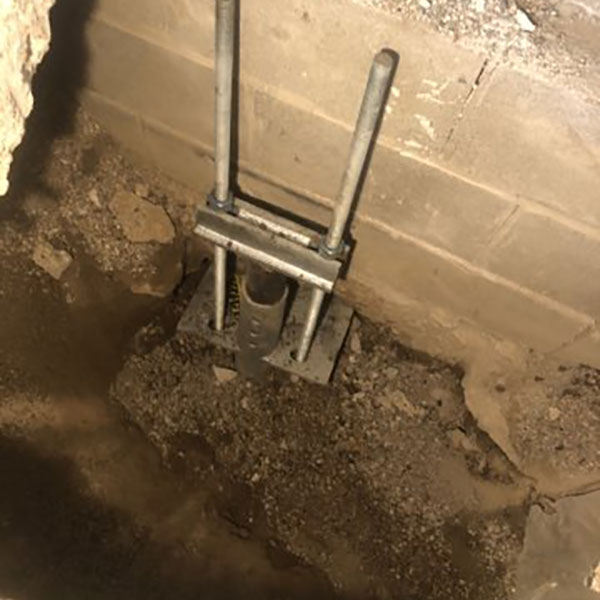Basement waterproofing is an important process for shielding your basement from water intrusion and stopping water-related damage to your house. Waterproofing methods can vary relying on the source of the water downside, the development of your basement, and your finances. Here are the key steps concerned in basement waterproofing:
Identify the Source of Water Intrusion:
Before waterproofing, it is essential to discover out where the water is coming from. Common sources embody surface water runoff, groundwater, hydrostatic stress, or plumbing leaks.
Inspect and Repair Foundation Cracks:
Inspect the inspiration walls and ground for cracks and repair them using applicable materials, corresponding to epoxy or polyurethane injections. Sealing basis cracks is important to prevent water from seeping through.
Improve Exterior Drainage:
Proper drainage around your home can prevent water from accumulating near the muse. Ensure that gutters and downspouts are in good situation and direct rainwater away from the house. Consider grading the soil around your home to slope away from the foundation.
Exterior Waterproofing:
Exterior waterproofing entails excavating around the foundation walls and applying a waterproof coating or membrane to the exterior floor. This methodology may be effective for stopping water penetration from exterior the basement.
Interior Waterproofing:
Interior waterproofing focuses on managing water that has already entered the basement. Common interior waterproofing strategies embody:
Interior Drainage System: Installing a French drain or inside drain tile system alongside the perimeter of the basement to gather and redirect water to a sump pump.
Sump Pump Installation: A sump pump is used to pump collected water out of the basement to forestall flooding. Ensure it's properly maintained and has a backup energy supply.
Vapor Barriers: Installing vapor barriers on the inside partitions and flooring to stop moisture from seeping by way of and to reduce humidity ranges.

Epoxy Coatings: Applying epoxy coatings to basement flooring might help seal and waterproof the concrete.
follow this link and Egress Windows:
If you've window wells in your basement, contemplate installing covers to keep rainwater and particles out. Egress home windows with correct drainage are important to forestall water from coming into by way of basement home windows.
Crawl Space Encapsulation:
If your own home has a crawl area, encapsulate it by sealing it off from moisture, installing a vapor barrier, and sustaining correct air flow.
Regular Maintenance:
Basement waterproofing requires ongoing upkeep, corresponding to checking and cleaning gutters, making certain sump pumps are functioning appropriately, and periodically inspecting the basement for indicators of water intrusion.
Consult a Professional:
It's extremely really helpful to seek the advice of with knowledgeable waterproofing contractor or structural engineer to assess your specific situation and advocate the most applicable waterproofing solutions.
Basement waterproofing is an investment within the long-term health and structural integrity of your personal home. Neglecting water issues within the basement can lead to mildew progress, foundation damage, and different costly problems. Be certain to deal with any water-related issues promptly and thoroughly to guard your home and its value..
